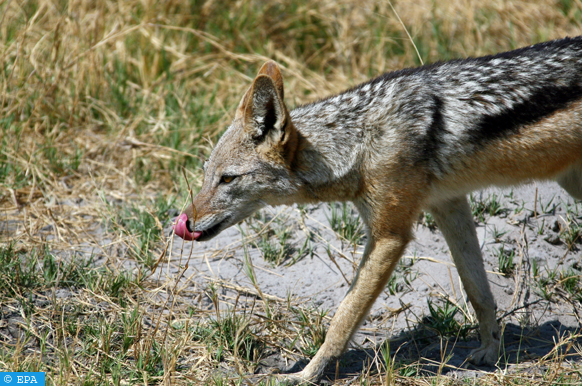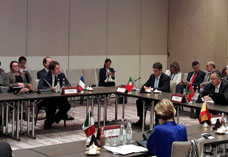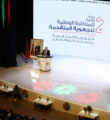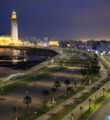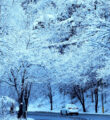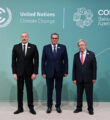State of Nature Report Points to Decline of Protected Species in Europe
Brussels – Decline of protected habitats and species still continues, caused mostly by intensive agriculture, urbanization, unsustainable forestry activities and changes to freshwater habitats. Pollution of air, water and soil also impacts habitats, according to the European Commission’s (EC) latest assessment of the state of nature in the European Union.
Climate change, over-exploitation of animals through illegal harvesting and untenable hunting and fishing are also factors of decline, says the EC report, which provides a comprehensive overview of the situation of Europe’s most vulnerable species and habitats protected under EU nature laws.
If not addressed, this decline will inevitably result in the continued erosion of our biodiversity and the vital services it provides, putting human health and prosperity at risk, it warned, underlining the clear need for action to have any serious chance of putting Europe’s biodiversity on a path to recovery by 2030, as envisaged in the new EU Biodiversity Strategy.
The assessment shows that while there are protected species and habitats that are managing to hold the line despite being subject to major pressure, the majority have poor or bad status at EU level, with some showing continued deteriorating trends.
Among species, birds that are closely associated with agriculture continue to decline, while freshwater fish have the highest proportion of bad conservation status (38 %) primarily due to changes to water-bodies and water-flow and hydro-power installations.
Among habitats, only 15% are in good condition, shows the report, adding that Restoration of peatlands and other wetlands can deliver nature benefits, but also significantly contribute to addressing climate change, creating employment opportunities in rural and peripheral areas,
The report also provides an analysis of data on status and trends related to all wild bird species occurring in the EU (460 species), 233 habitat types and almost 1400 other wild plants and animals of European interest.



